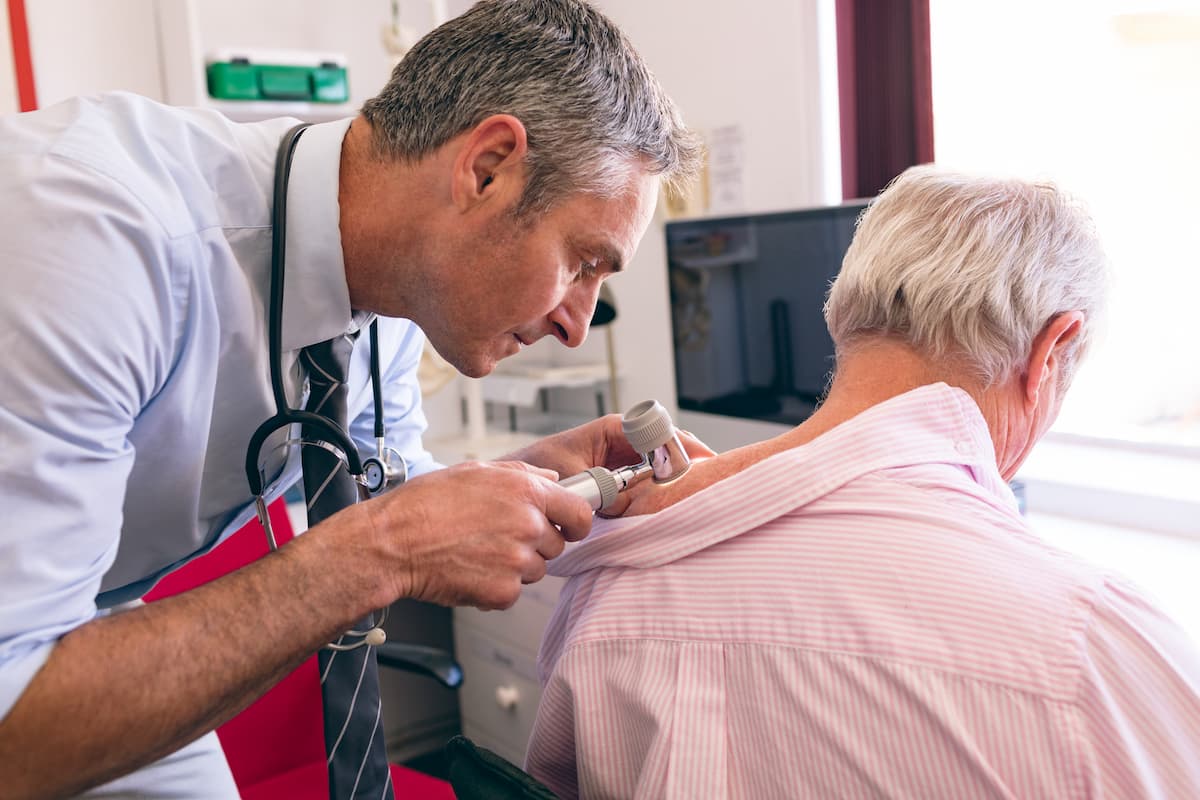Article
Review Finds Mixed Results for APMs and New Care Delivery Models in Cancer
Author(s):
With cancer costs rising and patients with cancer disproportionately facing financial toxicity, alternative payment and care delivery models are thought to help alleviate some of the cost burden. However, a review finds limited evidence available to evaluate the efficacy of alternative payment and care models in cancer care.
In the wake of the Affordable Care Act, innovative payment and delivery models have been rolled out across healthcare. In cancer, these models are thought to be important given the rising cost of cancer care and the fact that financial toxicity disproportionately affects patients with cancer.
However, a new review of 22 alternative payment and/or delivery models in cancer has found that there is limited evidence to evaluate the efficacy of the models. The paper was published in an August issue of Cancer, the journal of the American Cancer Society.
The review searched PubMed/MEDLINE, EMBASE, the Cumulative Index to Nursing and Allied Health Literature, and the Cochrane Central Register of Controlled Clinical Trials for terminology that described alternative payment and care delivery models in cancer from January 2010 to March 2017. Some of the terms included in the search were pay for performance, accountable care organizations (ACOs), patient-centered medical home (PCMH), and alternative payment models.
The authors included 23 articles that described 22 unique interventions in the review. Of those interventions, 6 were bundled payments, 4 were ACOs, 9 were PCMHs, and 3 were other alternative payment or care delivery models.
Read about the current evidence for bundled payments.
All of the bundled payments were developed with private payers and only 2 reported results. The 21st Century Oncology external-beam radiation therapy bundled payment showed improved guideline adherence for bone metastases and prostate cancer, but it did not assess costs. The UnitedHealthcare bundled payment decreased utilization of inpatient hospitalization and therapeutic radiology while increasing chemotherapy drug costs. The UnitedHealthcare bundle reported net savings of $33.36 million.
Only 2 of the 4 ACOs were cancer-specific, while the other 2 covered Medicare patients with a cancer diagnosis. One had not published results, while another reported no difference in outcomes. However, the Aetna ACO developed with US Oncology’s Texas affiliate found the ACO decreased emergency department (ED) visits by 40%, inpatient admissions by 16.5%, inpatient days for patients by 36%, and overall costs by 10% after the first year. The last ACO reported an annual reduction in Medicare spending of $721 per patient with cancer.
Seven of the PCMHs were oncology specific, while the other 2 evaluated the impact of primary care—focused PCMHs on cancer. Only 5 published outcomes. One had neutral effects on value, while 3 improved value by reducing ED visits, hospitalizations, and length of stay. The primary care–focused PCMHs were split, with one increasing expenditures without reducing utilization or impacting ED visits or hospitalizations and the other being value neutral.
In total, slightly more than half of all the unique interventions identified reported results. Of the 12 that did report results, 7 improved value, 4 were value neutral, and 1 initially reduced value.
“Moving forward, there is a need for both payers and providers to participate in alternative payment and care‐delivery models for individuals with cancer and to publish their impact using methodological rigor and standardized reporting of outcomes,” the authors concluded. “Rigorous evaluations and increased transparency will allow for continued innovation in cancer care and the highest possible value for our patients and society.”
Reference
Aviki EM, Schleicher SM, Mullangi S, Matsoukas K, Korenstein D. Cancer. 2018;124(16):3293-3306. doi: 10.1002/cncr.31367.





